In the News
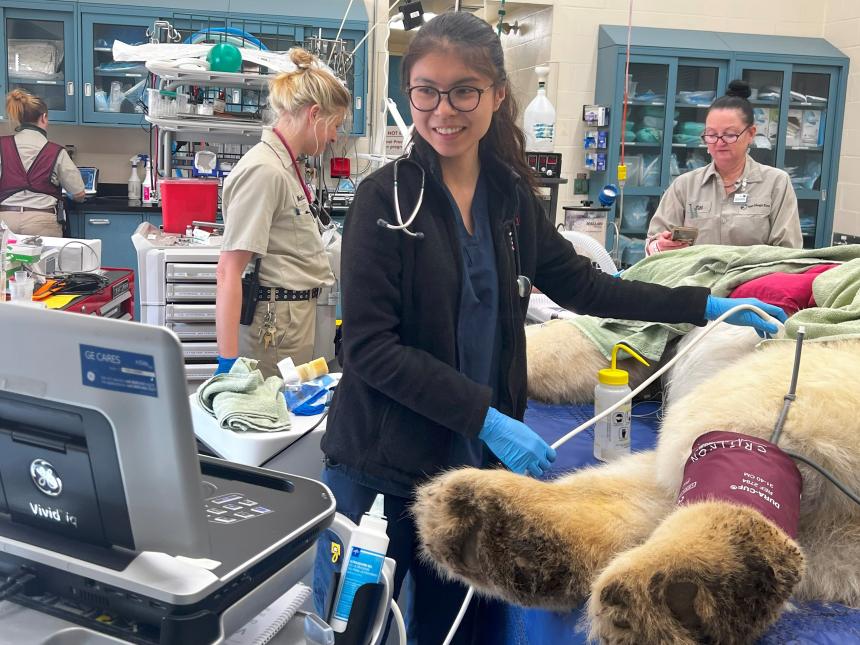
September 20, 2023
I have met many conservationists who do not believe in keeping wildlife in captivity. However, the San Diego Zoo seems to win the hearts of both wildlife conservationists and those who work with captive wildlife. How does this zoo bridge the gap between the two?
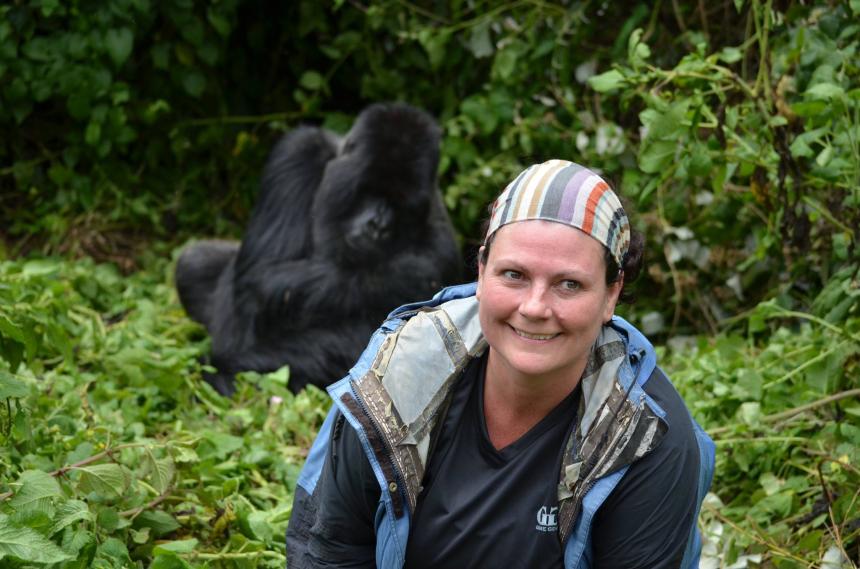
News
September 15, 2023
In this alumni spotlight, we sit down with Cornell alum Hayley Murphy, CEO of the Detroit Zoological Society, and discuss her career journey as zoological veterinarian and wildlife conservationist.
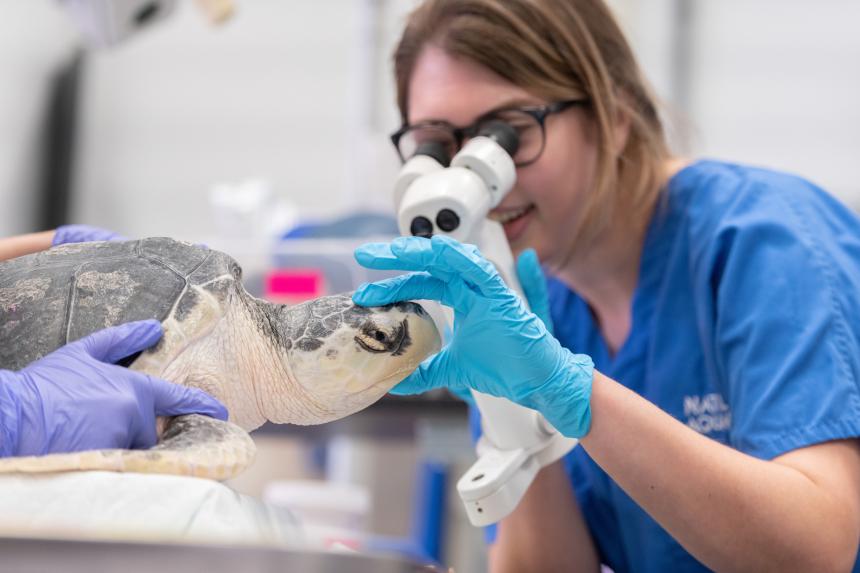
News
August 18, 2023
While she’s now nearing the completion of a two-year Veterinary Fellowship at the National Aquarium, Sarah Balik ‘15, DVM ‘19, clearly recalls experiences she had as a Cornell veterinary student that set her on her current path.
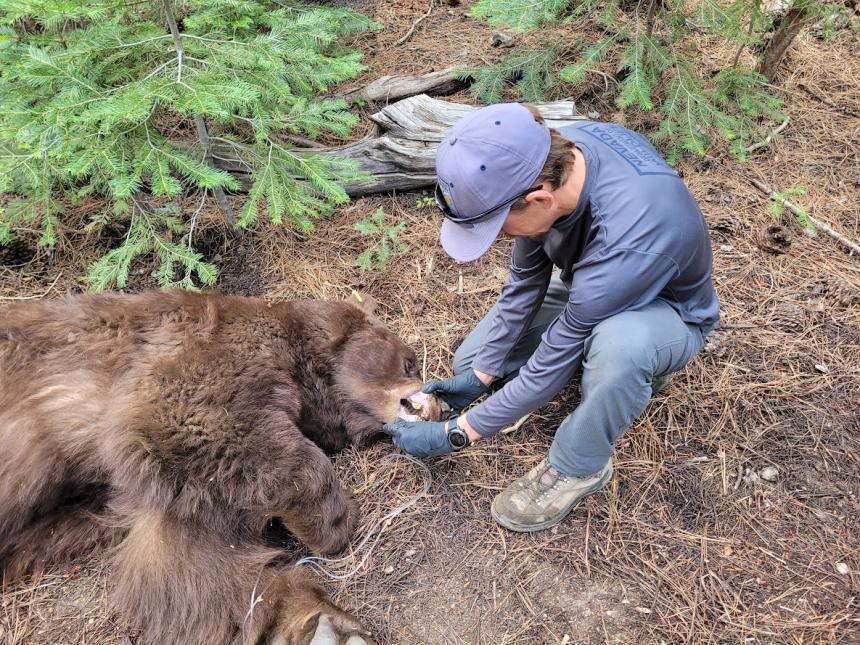
News
April 26, 2023
As the son of two veterinarians, Nate LaHue, DVM ’13, was exposed to veterinary medicine his whole life, though his interests never meshed with small animal practice. It was during his undergraduate years that he realized he could combine his interest in veterinary medicine with his passion for wildlife.
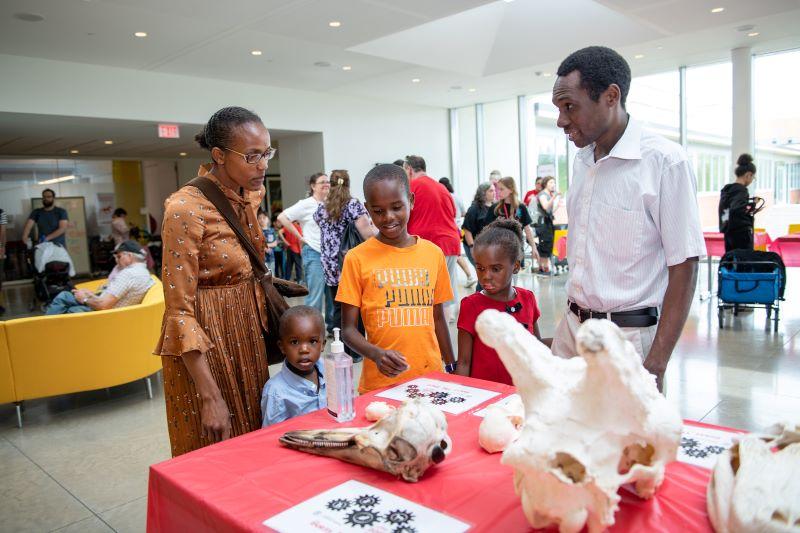
April 24, 2023
A beloved tradition returned to Cornell University’s College of Veterinary Medicine this past week. After a three-year, pandemic-induced hiatus, the college invited the community to its 54th annual Open House.
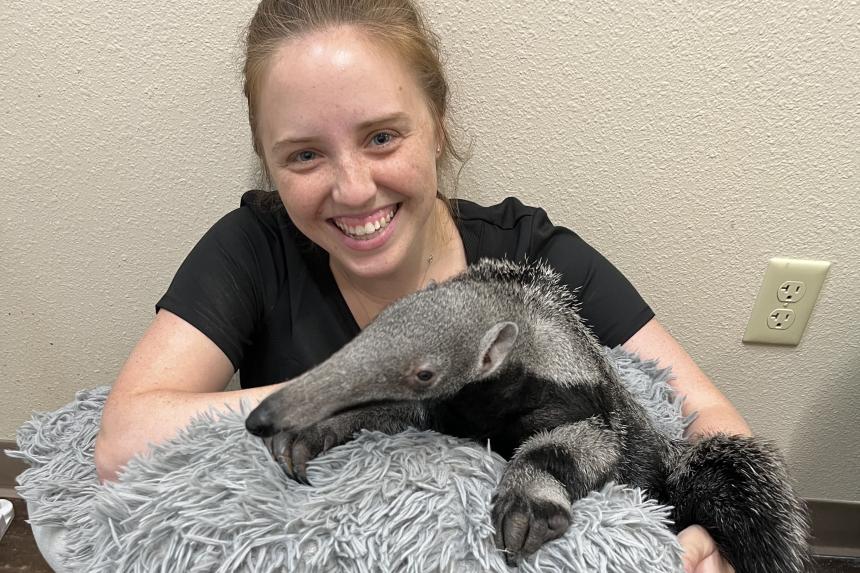
April 19, 2023
My experience as a first-year vet student in 2020 was largely shaped by the pandemic and the many limitations it imposed. When I first learned about the Abilene Zoo in April 2021, it was through a Cornell Zoo and Wildlife Society (ZAWS) lecture given by Dr. Stephanie Carle, the Abilene Zoo’s senior veterinarian, over Zoom....
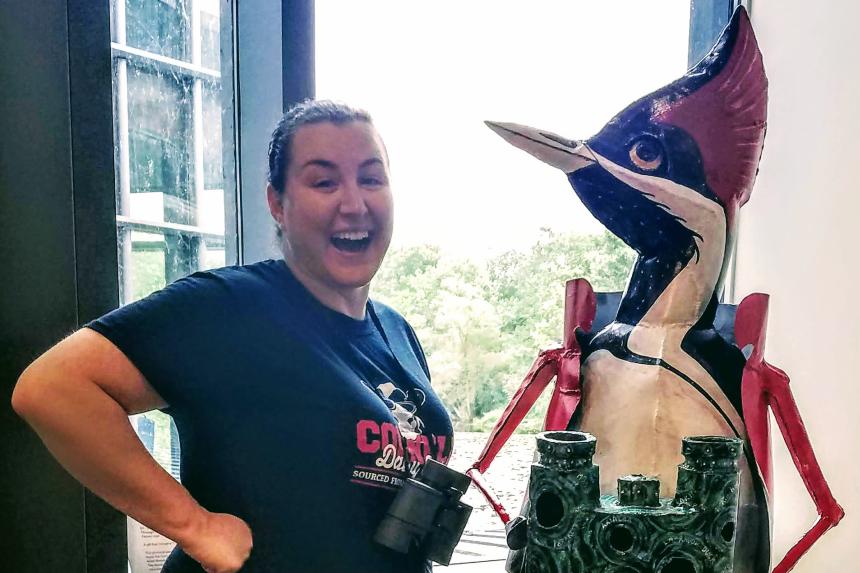
News
March 20, 2023
Danielle Sosnicki is a Biomedical & Biological Sciences PhD Candidate in the Travis Lab at the Cornell University College of Veterinary Medicine. She is studying mechanisms that are involved in the maturation and function of sperm, with a concentration in Zoology and Wildlife Conservation.
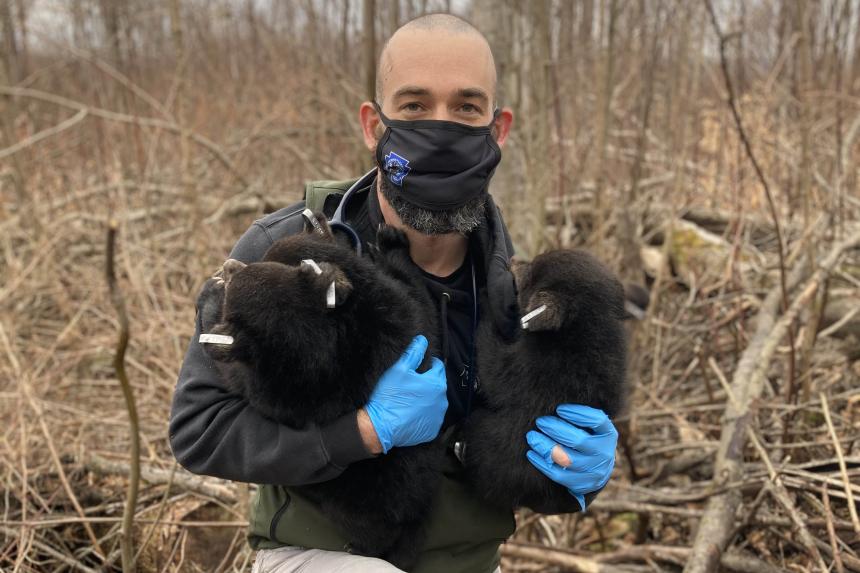
News
February 08, 2023
Dr. Andrew Di Salvo had always been interested in wildlife and enjoyed being outdoors. He first considered a career in wildlife veterinary medicine while working as a park ranger in New York City before veterinary school....
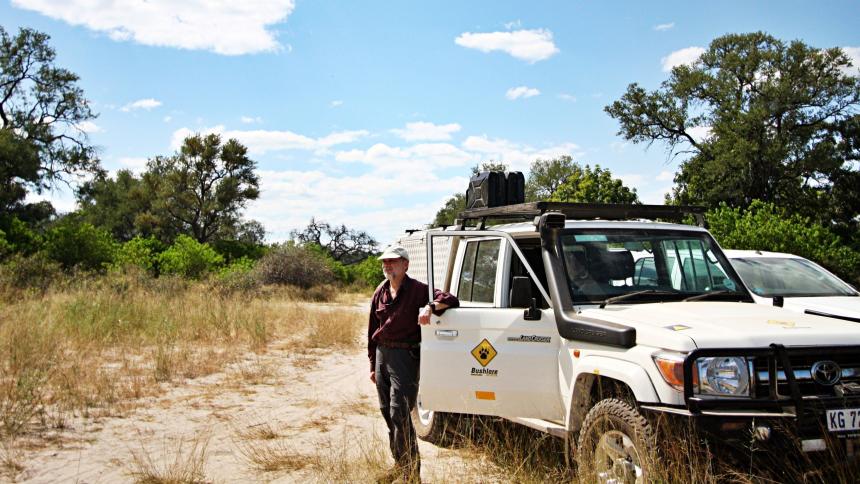
January 18, 2023
From Ithaca to the plains of southern Africa, the Cornell Wildlife Health Center is working to heal the natural world. Launched in 2020, the center was formed to unite Cornell’s leading wildlife health professionals under a common mission: to repair the fractured relationship between people and nature.
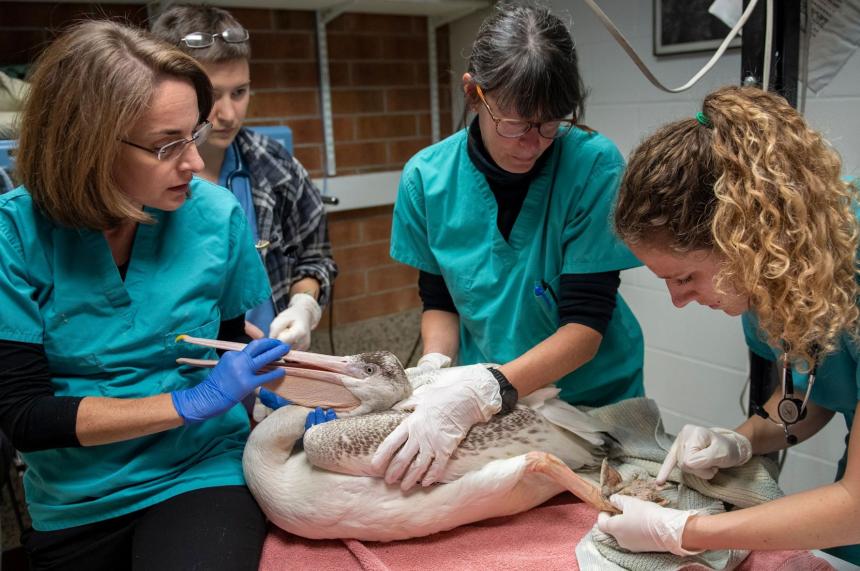
January 16, 2023
The Cornell Wildlife Health Center has launched a new Student Support Fund for off-campus apprenticeships with free-ranging or captive wildlife, on-campus wildlife research, and student travel to present at professional conferences on wildlife health and conservation.
